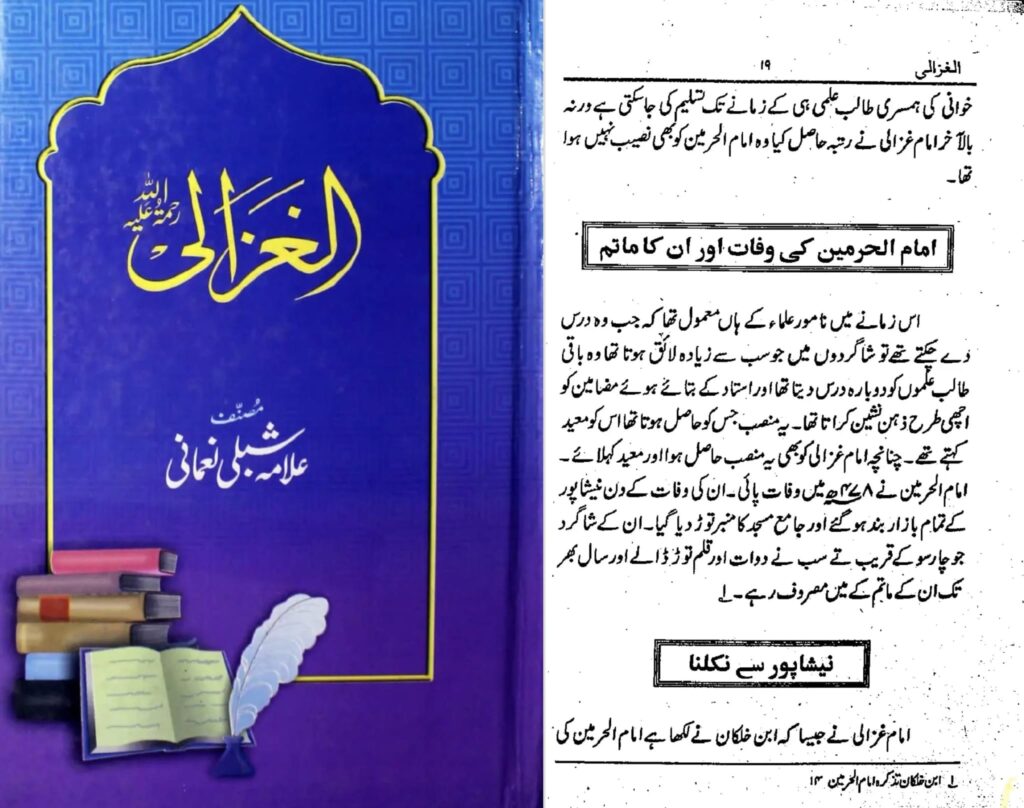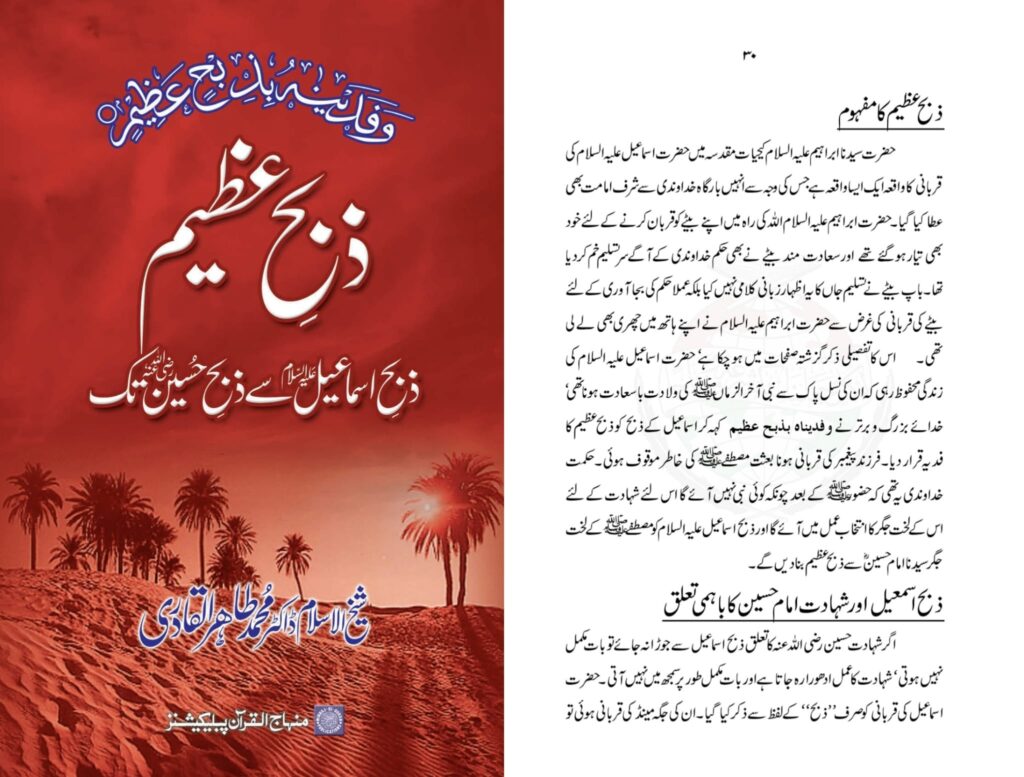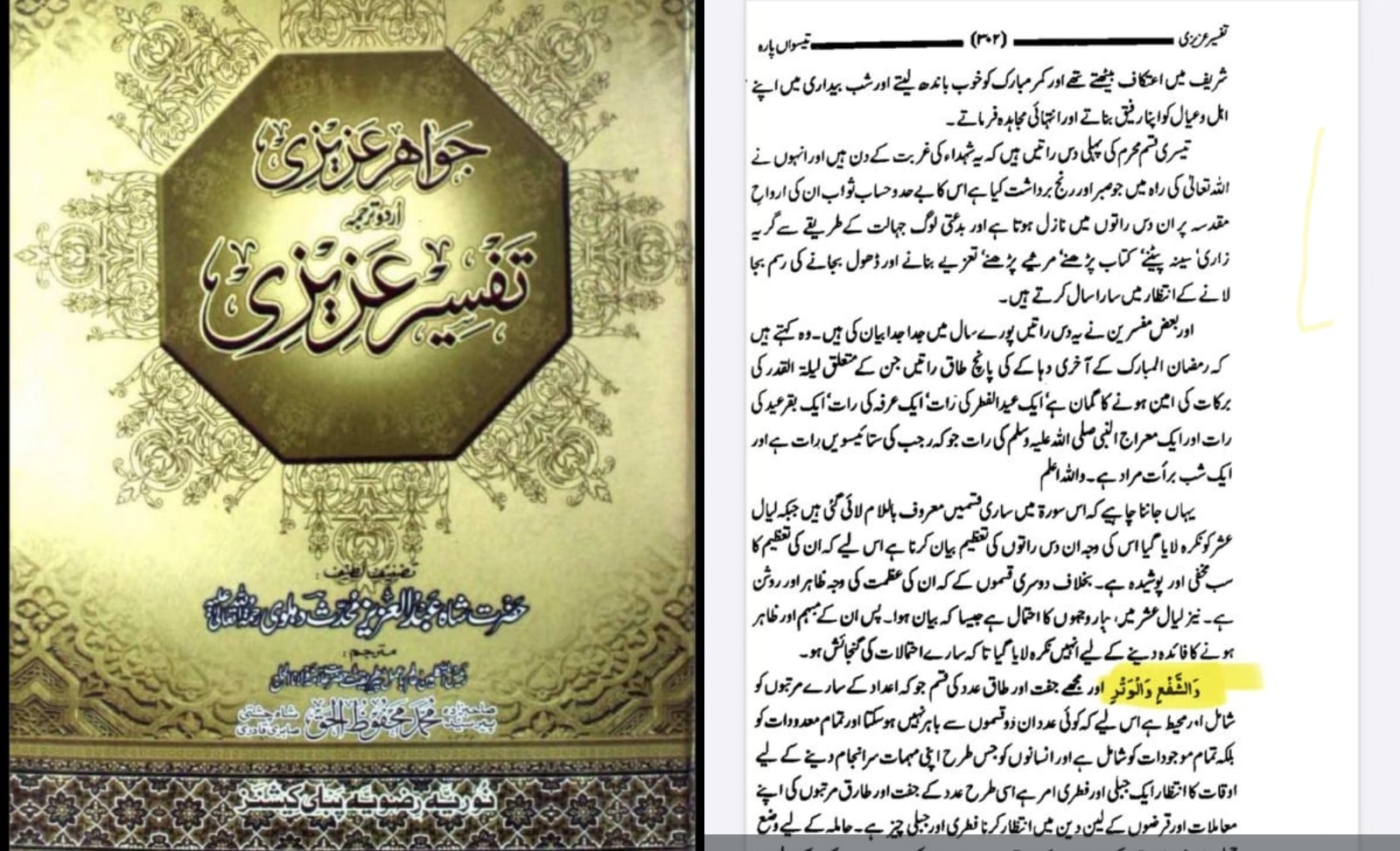Introduction
It is part of human nature that even after a hardship has passed, recalling those difficult times can reignite the pain and emotions originally experienced. Think about how hearing someone speak of a loss, an injustice, or a personal struggle often brings those feelings rushing back. People naturally share memories of their hardships with close friends and family; this is how we process pain, find empathy, and learn from the past.
This instinct to remember and commemorate significant, often painful events is deeply embedded in human culture. Around the world, societies observe specific days to honor the struggles and sacrifices of their ancestors, heroes, or landmark historical moments. These commemorations serve not only as a tribute but also as a solemn reminder to never forget the lessons those experiences teach us.
For instance:
-
May 1st (International Workers’ Day): Celebrated worldwide, this day honors the sacrifices of workers, especially the oppressed labourers of Chicago who fought for fair working conditions. It reminds us of the ongoing struggle for justice and dignity in the workplace.
-
National Days: Countries commemorate their independence or pivotal historical milestones—like Pakistan Day—to remember the fight for freedom and sacrifices made by those before us. These days unite people through collective memory and pride.
-
Remembrance Days: Many nations observe days to honour the victims of war—soldiers and civilians alike. These solemn occasions preserve the memory of sacrifice and the heavy cost of conflict, inspiring efforts toward peace.
On a more personal and spiritual level, consider the story of Prophet Yaqub (Jacob, peace be upon him). Every time he saw the tree of departure or recalled the day his beloved son Yusuf (Joseph, peace be upon him) left, he undoubtedly remembered the trials and heartache he endured. Yet, this remembrance did not merely bring sorrow; it sustained hope, love, and a steadfast commitment to faith in the face of suffering.
In the same spirit, Allah (swt) commands the believers to reflect on significant historical events, as in Surah Ibrahim (14:5):
“We verily sent Musa with Our revelations, saying: Bring thy people forth from darkness unto light. And remind them of the days of Allah. Lo! Therein are revelations for each steadfast, thankful (heart).”
Tafseer al-Kabeer (Vol. 5, p. 219) explains this beautifully:
“And know that the ‘days of Allah’ concerning Musa (peace be upon him) include the days of trial and affliction—when the Children of Israel were oppressed under Pharaoh’s tyranny—as well as the days of relief and triumph.”
واعلم أن أيام الله في حق موسى عليه السلام منها ما كان أيام المحنة والبلاء وهي الأيام التي كانت بني إسرائيل فيها تحت قهر فرعون، ومنها ما كان أيام الراحة
If Allah (swt) instructs us to remember the sufferings and deliverance of the Children of Israel, then similarly, commemorating Muharram—especially the martyrdom of Imam Husayn (as) and the tragedy of Karbala—is essential because:
-
It reawakens the pain and injustice of tyranny and oppression, ensuring these grave wrongs are neither forgotten nor repeated.
-
It inspires resilience and moral courage, showing us how to stand firm for truth, justice, and faith even when the odds seem insurmountable.
-
It builds community and collective identity, connecting us across generations through shared memory and values.
-
It serves as a profound spiritual exercise, helping believers deeply empathize with suffering and renew their commitment to the principles for which Imam Husayn (as) sacrificed everything.
In essence, Muharram is more than a historical remembrance; it is a conscious, ongoing choice to keep alive the flame of justice and sacrifice within our hearts—a guiding light for how we live today and face the challenges of tomorrow.
Objection:
Despite this, our opponents, who cannot tolerate any form remembrance of Imam Husayn (as) seek to oppose it with a key objection:
Why do you still cry for Karbala, when mourning cannot exceed 3 days?
The late Azam Tariq reflected this as follows:
“EVEN IN THE CASE OF NEAR AND DEAR ONES, CRYING ALOUD IS NOT PERMITTED AND MOURNING WITH TEARFUL EYES AND PAINFUL HEARTS IS ALLOWED ONLY FOR THREE DAYS AFTER DEATH. THERE AFTER IT IS STRICTLY PROHIBITED.”
Reply One – Prophet’s Own Example: A Year of Grief
We begin with the Prophet Muhammad (ﷺ) himself. The year in which he lost both Lady Khadijah (sa), his beloved wife, and Abu Talib (as), his protective uncle, was so filled with sorrow that it became known as ‘Ām al-Ḥuzn—The Year of Grief.
This was not a mourning limited to three days. It lasted an entire year, demonstrating that grief does not obey artificial deadlines, nor is love measured by a stopwatch.
The very naming of a whole year after sorrow shows the Prophet’s (ﷺ) public and continual remembrance of his losses. Is this not a Sunnah worth following? While Shi‘a Muslims mourn Imam al-Husayn (as) for ten days during Muharram, the Prophet (ﷺ) mourned for an entire year. This grief was so deeply felt that Aisha herself expressed jealousy over the Prophet’s continued remembrance of Khadijah, as recorded in Sahih al-Bukhari (5:166):
“I did not feel jealous of any of the wives of the Prophet as much as I did of Khadijah though I did not see her, but the Prophet used to mention her very often, and whenever he slaughtered a sheep, he would cut its parts and send them to the women friends of Khadijah. When I sometimes said to him, ‘You treat Khadijah as if there is no woman on earth except Khadijah,’ he would say, ‘Khadijah was such-and-such, and from her I had children.’”
This testimony from Ahl al-Sunnah’s leading lady affirms that the Prophet’s remembrance and mourning of Khadijah continued well beyond any three-day limit.
Reply Two – The annual visit to the graves of Uhud fallen by Rasulullah (s)
We read in al-Bayhaqī’s Dalā’il al-Nubuwwah (Volume 3, page 375)
قد كان رسول الله صلى الله عليه وسلم يزورهم في كل حول، وإذا تفوه الشعب رفع صوته فيقول
“سلام عليكم بما صبرتم فنعم عقبى الدار”
ثم أبو بكر كل حول يفعل مثل ذلك، ثم عمر بن الخطاب، ثم عثمان.
The Messenger of Allah ﷺ used to visit them (the martyrs of Uhud) every year.
And when he ascended the mountain pass, he would raise his voice and say:
“Peace be upon you because of your patience—what an excellent final home!”
Then Abū Bakr would do the same every year, then ʿUmar ibn al-Khaṭṭāb, then ʿUthmān.
This is similarly recorded Al-Bidayah wa al-Nihaya (Volume 4, page 45, Beirut edition), from Abu Hurairah
With the above reference in mind, the Shi‘a commemorate the martyrs of Karbala annually during Muharram. This practice is not a new innovation, but a continuation of the prophetic tradition of honouring and remembering martyrs year after year.
Just as the Prophet (ﷺ) and his companions visited the graves of the martyrs of Uhud every year, so too do we seek to visit the tomb of Imam Husayn (as) annually during Muharram.
For those who cannot physically visit Karbala, the tradition continues through processions, conferences, and gatherings of mourning (majalis), all intended to express love, faith, and solidarity with the suffering of the Ahl al-Bayt (as).
If it is not feasible to visit the shrine annually, that does not provide grounds to abandon the remembrance altogether. We strive to do what we can to keep the memory of our ill-treated Imam alive.
Reply Three – Umar’s continual recollection of his brother’s death
In Al-Bidāyah wa al-Nihāyah, Volume 6, page 370, Ibn Kathir records:
كان عمر يقول ما هبت الصبا إلا ذكرتني زيد بن الخطاب، رضي الله عنه
“Umar used to say: ‘Whenever the morning breeze blows, it reminds me of Zaid ibn al-Khattab.’”
Zayd ibn al-Khattab, Umar’s brother, was martyred at the Battle of Yamamah. According to this report, Umar remembered him regularly for the rest of his life, linking even the gentle touch of the morning breeze to the grief and memory of his brother’s death. There is no evidence that he confined this emotional remembrance to three days, nor did any companion rebuke him for it. In fact, such heartfelt, lifelong grief was considered natural and noble.
If Umar could continually express grief over the martyrdom of his brother, why do our opponents condemn the Shi‘a for remembering the martyrdom of Imam Husayn (as), the grandson of the Prophet (s), who was butchered on the plains of Karbala?
The contradiction is stark. Umar mourned Zayd, he might well have been a righteous man but not a Prophet’s grandson, yet those who mourn al-Husayn, the Master of the Youth of Paradise, are labelled as deviants.
Are we to believe that Umar’s memory and mourning were justified, but the weeping of Zaynab (sa), and the sorrow of generations of Muslims for Husayn (as) is not?
Let us be clear:
-
Umar’s grief was personal—Zayd was his brother.
-
Husayn’s tragedy is universal—his blood exposed the fallacy of the Saqifa engineered system, wherein whoever sat at the table was King – no matter what his character or the means via which he got there.
If emotional memory is a sign of love and fidelity, then the lovers of Husayn (as) have every right indeed, every duty to express grief with their tongues, their tears, and their hearts, every time the “breeze of Muharram” blows. If Umar’s memory was triggered by the wind, should we not be moved by the echo of Karbala every Ashura?
The double standard is glaring. The same people who justify Umar’s lifelong emotional remembrance of his brother dismiss the tears of Shi‘a as bid‘ah and exaggeration.
Reply Four – Sunni students mourning the death of the Imam al-Haramayn for an entire year
When the revered Sunni Imam al-Haramayn — whose actual name was Abdal Malik, with the title Ziauddin — passed away in 478 AH, a truly astonishing scene unfolded in Nishapur. According to the great Sunni scholar Allamah Shibli Naumani, Imam al-Haramayn was considered the supreme jurist and scholar of his era, and among his many notable students was Imam al-Ghazali. Imam Ghazali, while mourning the loss of his teacher, writes in his work Kunjeena Hidayaath (Urdu translation of Kīmīyā-yi Sa’ādat, page 3):
“The Imam of Haramain died in 478 Hijri. At that time all the market stalls in Nishapur were closed and the pulpit in the Jami Mosque was broken. His students, who numbered almost 400, destroyed their books and pens and mourned him for a whole year.”

This episode is also preserved in the biography Al-Ghazali by Allamah Shibli Naumani (page 20).
We appeal to justice. These 400 students — scholars in their own right — mourned their teacher for an entire year, closing shops, breaking the mosque pulpit, and even destroying their writing materials. Yet not one of them is recorded as objecting that such mourning contradicted the Qur’an or the Sunnah. Were these scholars unaware of the verses of ṣabr (patience) that today’s Nasibis quote against the Shīʿa when we gather to mourn Imam Husayn (as)? Not a single one of these Sunni students stood up and proclaimed: “This is bid‘ah! This is innovation! This is Hellfire!”
But when the Shīʿa mourn the martyrdom of Imam Husayn (as), a grandson of the Prophet (s), the same Sunni critics rise with unparalleled zeal to denounce it. They echo figures such as Ibn al-Hashimi who declared:
Additionally, commemorating Ashura with any special ritual would be adding to the faith of Islam, and this is Bidah. Bidah is considered part of Hell-Fire, and whoever invents a Bidah is promised Hell-Fire as well.
We ask: Are we to believe that those 400 Sunni scholars — disciples of Imam al-Haramayn — all committed acts of Hell-worthy bid‘ah? Did they not know what the Qur’an teaches about patience? Or is mourning and emotional expression only condemned when practiced by the followers of the Ahl al-Bayt (as)?
Reply Five – The historical re-enactment of the experiences of Nabi Ibraheem (as) and Nabi Ismaeel (as) are enshrined as the Sunnah of the annual Hajj
The first ten days of Dhul-Hijjah, we witness the ritual pilgrimage of Hajj, a reenactment of the trials of Prophet Ibraheem (as), Hajara, and Ishmael (as). This ten-day period captures:
-
Tawaf (Circling the Ka‘bah):
Pilgrims circle the Ka‘bah constructed by Prophets Ibraheem (as) and Ismaeel (as)
-
Sa‘i (Running between Safa and Marwah):
This re-enacts Hajar’s desperate search for water for her infant son Ismail. She ran between the hills of Safa and Marwah seven times until God caused the Zamzam spring to gush forth beneath Ismail’s feet. This act is honored through Sa‘i.
-
Ramy al-Jamarat (Stoning of the Devil):
Pilgrims throw stones at three pillars in Mina. This recalls Ibrahim’s rejection of Satan, who tried to dissuade him from obeying God’s command to sacrifice his son. Ibrahim threw stones to drive Satan away.
-
Animal Sacrifice (Qurbani):
This commemorates Ibrahim’s willingness to sacrifice Ismail in obedience to God’s command, and God’s replacement of Ismail with a ram. Muslims around the world also perform this sacrifice during Eid al-Adha. Allah (swt) tells us:
﴿وَفَدَيْنَاهُ بِذِبْحٍ عَظِيمٍ﴾
“And We ransomed him with a momentous sacrifice.” (37:107)
This ‘momentous sacrifice’ — Zibḥun ʿAẓīm — did not occur at that moment but was a placeholder, a divine promise. Shaykh al-Islam Dr. Tahir-ul-Qadri, a prominent Sunni scholar, explains in Zibah Azeem (p. 30):

“Hazrat Ishmael was protected and kept alive as Prophets including the final one were to remain in his loins, so Allah (swt) transferred the ‘momentous sacrifice’ into the son of the Prophet (s). The wisdom of the Creator (swt) was that as no Prophet was to succeed him, someone had to implement the action of martyrdom — this [was] the sacrifice of Ishmael (as) — so that the momentous sacrifice was [ultimately] that of the heart of the Prophet (s), Sayyidina Husayn (ra).”
This understanding is reinforced by al-Muhaddith Shah Abdul Aziz Dehlavi, who links the Zibḥun ʿAẓīm directly to the tragedy of Karbala — the final fulfilment of Ibraheem’s intention. The ten days of Muharram, particularly culminating in Ashura, thus mark the realisation of that great sacrifice:
-
The thirst of al-Husayn’s infant son,
-
The cries of Sayyida Zaynab (as),
-
The slaughter of the Prophet’s progeny,
-
The desecration of bodies in the sands of Karbala,
-
And the timeless struggle between truth and falsehood.
We appeal to justice again: If the mere intention of Prophet Ibraheem (as) to sacrifice his son earned annual remembrance through Hajj, how can the actual sacrifice of Imam Husayn (as), the beloved of the Prophet (s), be dismissed as bid‘ah If mere intention to sacrifice brought immense divine pleasure to Allah in the case of Ibrahim (as), should not the actual sacrifice of Imam Husayn (as)—his children, his family, his loyal companions—merit equal, if not more, remembrance?
The divine promise in Surah al-Saffat (37:107) cannot be fulfilled by anything other than the unparalleled event of Karbala. If it is not Imam Husayn (as) who is the “momentous sacrifice” mentioned in that verse, then who is?
Reply Six – Allah (swt) Attests to Ten Sacred Nights
Islam is a faith deeply rooted in remembrance, reflection, and the commemoration of sacrifice. Among the sacred moments that shape the Islamic calendar, the first ten days of Muharram hold a place of distinct reverence. This sanctity is not merely historical—it is divinely attested in the Qur’an itself.
“By the dawn. And [by] the ten nights.”
(Surah Al-Fajr, 89:1–2, Pickthall)
This verse emphasizes the spiritual weight of particular periods of time. In Tafsir al-Durr al-Manthur, Volume 6, page 346, under the commentary of these verses, we read:
أبي عثمان قال: كانوا يعظمون ثلاث عشرات؛ العشر الأول من المحرم، والعشر الأول من ذي الحجة، والعشر الأخير من رمضان.
Abi Usman said: “They used to venerate three sets of ten [nights/days]: the first ten of Muharram, the first ten of Dhul-Hijjah, and the last ten of Ramadan.”
These ten-night periods are not randomly selected—they are divinely connected, symbolizing revelation, trial, and sacrifice across three different spiritual milestones:
1. The Last Ten Nights of Ramadan: The Descent of Revelation
The final ten nights of Ramadan include Laylat al-Qadr, the Night of Power, which the Qur’an describes as “better than a thousand months.” It marks the beginning of divine revelation—the night when the Qur’an descended and the heavens were opened for human transformation. It is a time of forgiveness, elevation, and spiritual awakening.
2. The First Ten Days of Dhul-Hijjah: The Journey of Submission
These days encompass the Hajj pilgrimage, as we mentioned in the previous response, this is a living reenactment of the trials faced by Prophet Ibrahim (as), Hajar (as), and Isma’il (as). Pilgrims don the same white garments, erasing social distinctions, as they walk through the legacy of sacrifice and unwavering obedience. These days are steeped in spiritual renewal and divine closeness.
3. The First Ten Days of Muharram: The Manifestation of Resistance
According to al-Muhaddith Shah Abdul Aziz Dehlavi, the ten days of Ashura complete this triad. If Ramadan is the descent of the Qur’an, and Dhul-Hijjah is the embodiment of prophetic trial, then Muharram is the divine response to tyranny, culminating in the epic of Karbala.
The structure of Surah Al-Fajr itself supports this view. Immediately after the oath of the “ten nights,” the following verses (89:5–13) recount the fates of oppressive rulers:
“Hast thou not seen how thy Lord dealt with ‘Ad—of Iram with lofty pillars, the like of which were not produced in all the land? And with Thamud, who carved out the rocks in the valley? And with Pharaoh, lord of stakes? These all transgressed beyond bounds in the lands, and spread therein much corruption. So thy Lord poured on them a scourge of diverse chastisements.”
(Surah Al-Fajr, 89:6–13, Yusuf Ali)
These verses serve as a direct parallel to the oppression faced by Imam Husayn (as) and the Ahl al-Bayt (as) in Karbala. Just as past tyrants were crushed for their arrogance and injustice, so too will every Yazid meet his consequence.
The Ten Days of Muharram commemorate:
-
The plight and destitution endured by the family of the Prophet (s)
-
The eternal struggle between truth and falsehood
-
The tears of Sayyida Zaynab (as) and her unshakable resolve
-
The massacre of the Prophet’s (s) household and the captivity of his women and children
-
The martyrs’ bodies, left unburied under the searing sun of Karbala

